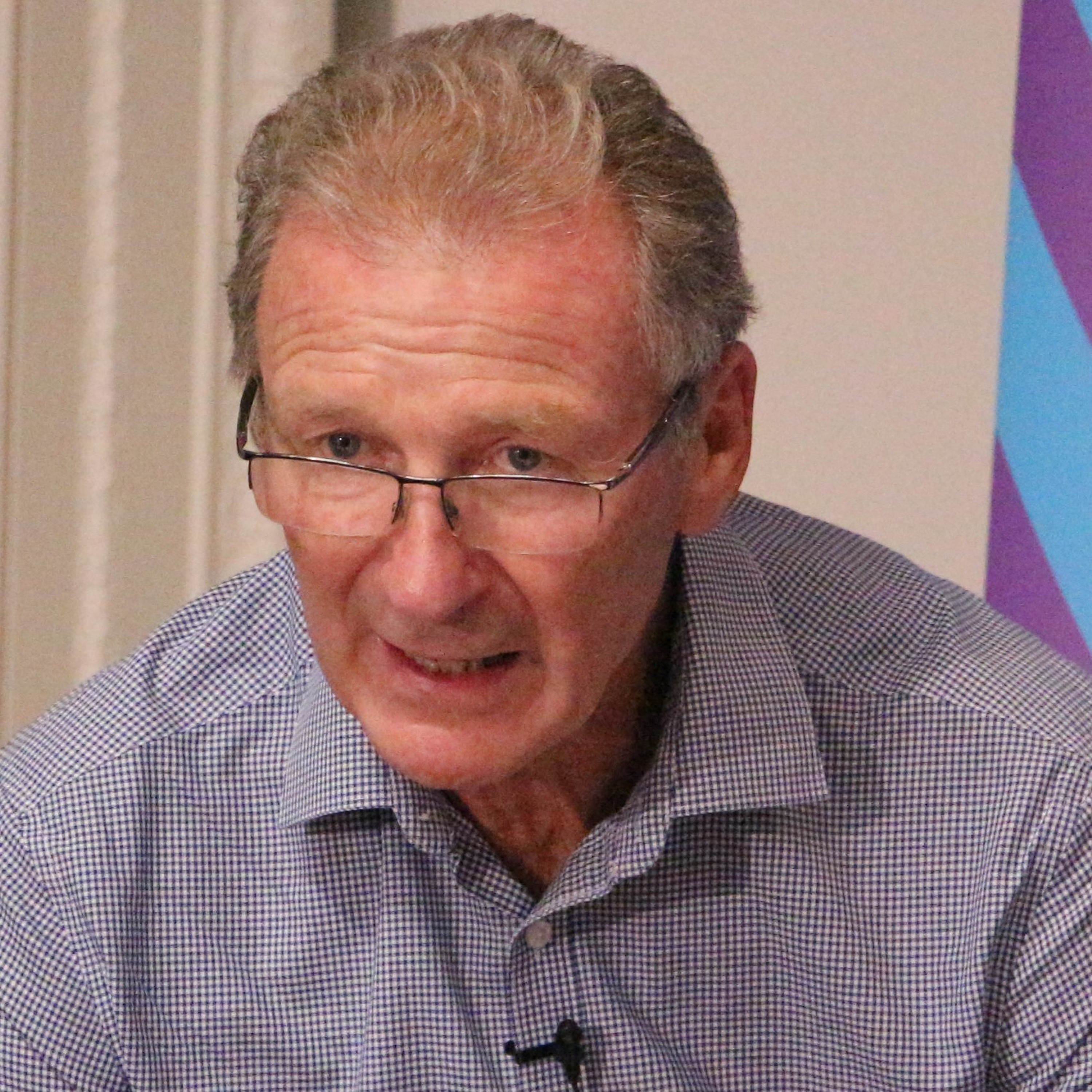Why does the UK underinvest in public service infrastructure and how can the problem be fixed?

Revelations about the widespread use of \u2013 and failure to replace \u2013 reinforced autoclaved aerated concrete (RAAC) in schools have put government capital spending in the spotlight.\xa0\n\nFor decades the UK has invested less than other wealthy nations. Government departments receive relatively ungenerous capital budgets, consistently underspend, and in some cases use capital budgets to cover day-to-day spending shortfalls. This has impacted on public service productivity and led to serious concerns being raised about the safety of some public buildings\xa0\u2013 with the concrete crisis in schools the most recent example.\n\nSo why has the UK government historically set relatively low capital budgets and why do departments consistently underspend capital allocations? How can government provide public services with higher, more stable capital settlements and ensure that public service infrastructure is adequately maintained and renewed? What can we learn from other countries?\xa0\n\nTo discuss these questions and more, the Institute for Government brought together a panel of experts including:\n\nAnita Charlesworth, Director of Research at the Health Foundation\nChris Giles, Economics Editor at the Financial Times\nEdwin Lau,\xa0Head of the Infrastructure and Public Procurement Division Public Governance Directorate at the OECD\nLord O'Donnell, former Cabinet Secretary and Permanent Secretary for the Treasury\n\nThe event was chaired by\xa0Dr Gemma Tetlow,\xa0Chief Economist at the Institute for Government.